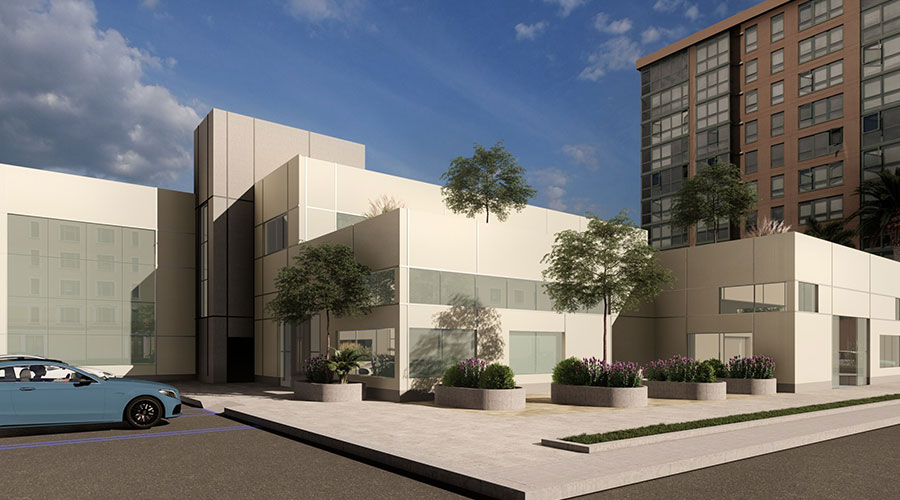It is no secret that rapid change is a constant in healthcare. The industry is quickly evolving, feeling mounting pressures from changing payment models, more competition from nontraditional players and the imminent retirement of so many experienced management and staff. Millennials, our fastest growing demographic entering the workforce, lie in wait to fill more healthcare jobs.
At the same time, another aspect remains constant: the mission to always focus on care, performance and outcomes. Providing a safe and healing environment for patients is still the foundation of facilities management, and complexity in hiring and staffing should not compromise continuity of care. Fortunately, innovations in staffing management technology has kept pace and is here to help solve some of the most difficult and complex staffing challenges.
Managing the moving parts
Industry changes mean shifting skill sets for today’s facility managers. It is not enough to hire a sufficient number of staff; rather, it must be ensured that the right people are in the correct positions, and moreover, hiring staff must work to reduce attrition and turnover. Further, outgoing and retiring staff must be managed. How can all of these aspects be managed in an increasingly dynamic and demanding environment?
First off, there is no way to fully replace the experience of those who have been at work for decades. But that does not mean we cannot try to get as close as possible. If we employ smart technology to dig deeper into candidate’s behavioral characteristics and work styles, we can find candidates with specific talents, cultural fit and the ability to be successful their first day on the job.
We also need to look carefully at how our staffing ecosystem is managed. As any hiring manager knows, staffing is as much about hiring someone today as it is about creating a long-term strategy that not only cultivates his or her talent, but creates an effective and cohesive team and retains the top talent. Here, again, thinking differently is paramount.
The annual, retroactive performance appraisal, for example, is antiquated. Today’s employers need to create, deliver and report on employee learning throughout their career. There should be multiple touch points throughout employment. This includes in-the-moment feedback and accelerating the rate at which employees can find ways to achieve their full potential. Studies have shown this to be a key retention strategy, especially for millennials.
To make all of this less onerous for managers, automating these processes and putting in place a data repository that houses and analyzes growing amounts of employee data is key. Moreover, it should be mobile, providing reports anywhere and anytime to help strengthen overall compliance, and give managers the ability to track individual staff performance. It can even help with succession planning by creating a data rich repository of employee information, easily sorted and analyzed to find the next generation of successful talent.
Flexibility first
Today’s millennial workers approach the workplace and their jobs very differently from generations before them. For example, millennials expect to be in a job for only two to three years, and to change careers throughout their working years.
So, is employee flight inevitable? Not necessarily. To ensure hiring in the millennial age does not create a revolving door of facility staff, look to a human capital management solution that meets today’s needs, but also provides flexibility to play to each candidates strengths, needs and preferences. With the right solution, an employee retention strategy can start before the candidate is even hired.
The right talent management technology includes a behavioral profile component. That way, when the candidate is hired they are placed in the right role where they are most likely to feel energized, engaged and valued.
That solution can also be used to assess current staff to determine what professional trainings or certifications would help him or her continue to thrive in their role. Look for a solution that includes:
• An online, objective assessment program
• Management of ongoing training and development
• A repository of individual preferences and strengths
• The ability to analyze staffing data at both a micro and macro level
• Employee tracking of trainings and certifications without intermediary, manual intervention
This leads to another observation. Today’s applicants are not willing to be pigeonholed into a standard job description, which traditionally has been a list of experience, educational requirements and broad characteristics. Instead, our new workers expect employers to provide a job tailored to their own personality and style, where they can have an impact on the organization and make a difference.
Create smart scheduling
Along with individual work role preferences, employees are looking for more control over their schedules.
That does not mean that facility managers have to spend inordinate amounts of time managing each staff member’s changing scheduling wants and needs. Instead, the right workforce management technology can meet staff where they are—and that means through their smartphones—where they can find intuitive, fingertip control over their shift or pick hours that they want.
This kind of scheduling self-service also frees scheduling managers from cumbersome administration, allowing more time to focus on strategic management to maximize facility operations. In addition, managers have easy access to more analytic staffing data than ever before. That empowers managers to focus more time to focus on strategic staffing functions, such as checking in with key employees to ensure he or she is finding satisfaction in their work. After all, this is the talent you want to stick around.
Ultimately, as we automate more of our staffing tasks and responsibilities, finding and keeping the right employees becomes easier. That is why an investment in technology is an investment in a healthcare facility’s most precious capital—people.
Alan Batemanis Infor's Health Industry Strategy Director.

 UF Health Hospitals Rely on Green Globes to Realize Their Full Potential
UF Health Hospitals Rely on Green Globes to Realize Their Full Potential How Healthcare Facilities Can Be Truly Disaster-Resilient
How Healthcare Facilities Can Be Truly Disaster-Resilient TriasMD Breaks Ground on DISC Surgery Center for San Fernando Valley
TriasMD Breaks Ground on DISC Surgery Center for San Fernando Valley Bigfork Valley Hospital Falls Victim to Data Breach
Bigfork Valley Hospital Falls Victim to Data Breach AI-Driven Facilities: Strategic Planning and Cost Management
AI-Driven Facilities: Strategic Planning and Cost Management